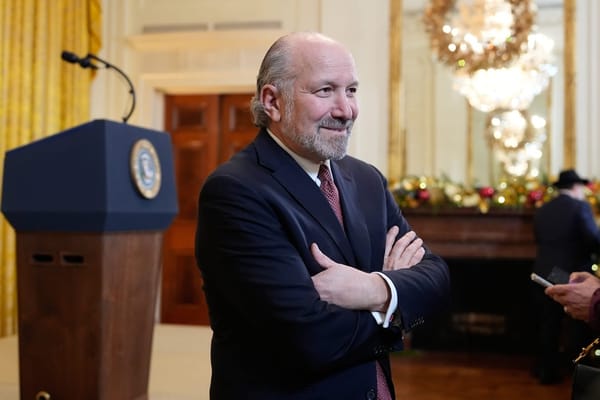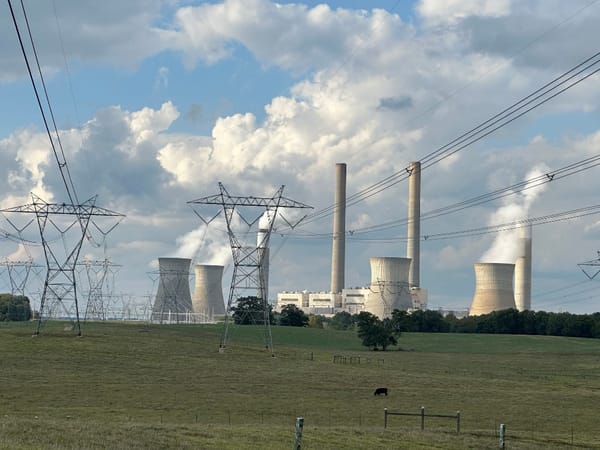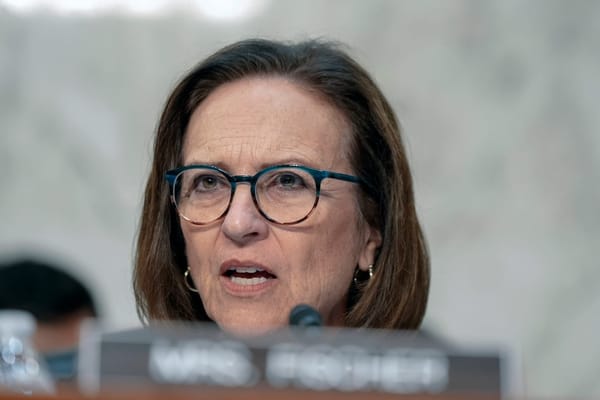Dingell Introduces Bipartisan Legislation on Mapping
The new legislation aims to increase coordination between 130 federal broadband programs and 15 different agencies.

The new legislation aims to increase coordination between 130 federal broadband programs and 15 different agencies.

WASHINGTON, September 5, 2024 - Representatives Debbie Dingell, D-Mich., and August Pfluger, R-Texas, on Thursday introduced the bipartisan PROTOCOL Act, which would request reports on state broadband deployment programs for inclusion in a National Telecommunications and Information Administration database and Federal Communications Commission map while requiring federal agencies to use the new FCC map when awarding broadband infrastructure funding.
This legislation aims to engage with the FCC’s broadband deployment locations map and align it with the NTIA’s broadband infrastructure funding database.
Both representatives are members of the House Energy and Commerce Committee and have raised concerns about access to broadband connections.
This is not the first time that the FCC’s mapping system has been updated.
FCC Chairwoman Jessica Rosenworcel said in July that the agency regularly accepts consumer challenges to map data and uses them to increase the precision of the map.
While Representatives Dingell and Pfluger are optimistic about closing the digital divide, policy analyst Blair Levin noted that BEAD implementation will take some time, likely becoming operational between two and four years in the future.

Kaptivate analysis finds some states’ references to rural America dropped 80 to 100 percent

Idaho, Massachusetts, Minnesota, North Carolina, and Utah had their final proposals approved.

The approval follows recent elections where two Democrats won seats on the commission. Those Democrats oppose the plan but don't take office until January.

Lawmakers are considering how best to reform the fund.
Member discussion